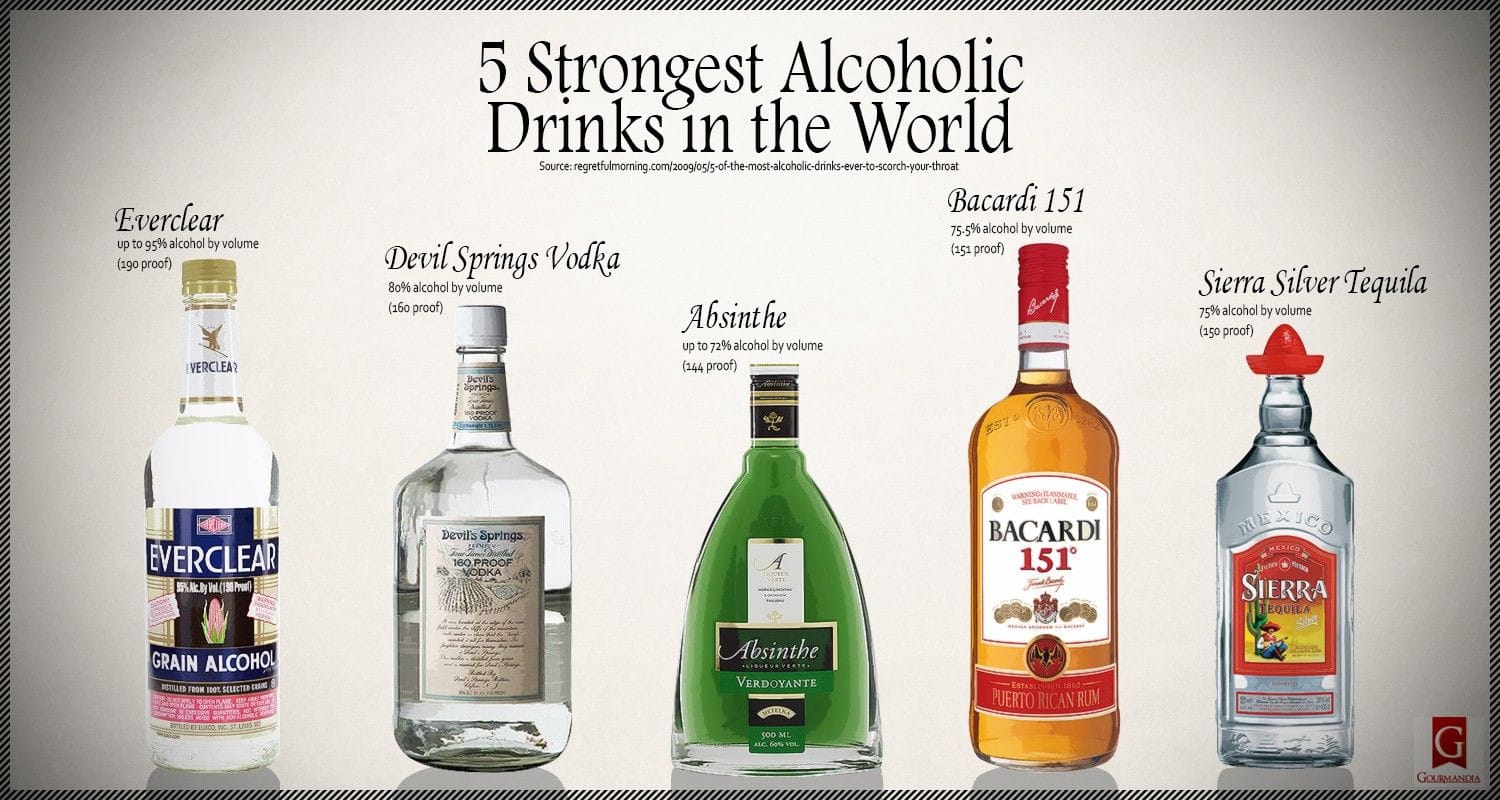Moonshine – the very word conjures images of backwoods stills, clandestine operations, and a spirit so potent it could fuel a rocket. But how much of that is rooted in reality? One thing’s for sure: moonshine’s alcohol percentage is a subject rife with both myth and genuine concern. Let’s dive into the facts, separate legend from reality, and uncover the truth about this notorious spirit.
The Kick of the Outlaw Spirit: Decoding Moonshine’s ABV
Moonshine’s claim to fame? Its notorious potency. But unlike commercially produced spirits held to strict standards, the alcohol content in moonshine—measured as Alcohol by Volume (ABV)—can be wildly unpredictable.
Here’s where things get interesting:
-
A Range Like No Other: Moonshine’s ABV can fall anywhere between a respectable 40% (on par with most whiskeys and vodkas) to a staggering 80% or even higher. That’s right, some batches might be closer to nearly pure alcohol!
-
The Science Behind the Proof: Several factors influence moonshine’s final ABV:
- Distillation Cycles: Each time the mash (the fermented base) is distilled, the alcohol content increases. More rounds mean a stronger final product.
- Sugar Content: The amount of sugar in the mash directly impacts how much alcohol the yeast can produce during fermentation. More sugar generally equates to higher potential ABV.
- The Legality Factor: Illegally produced moonshine is, by its very nature, unregulated. This lack of oversight contributes to the wide range in ABV, making it difficult to know the potency of any given batch.
Taming the Wild Brew: Legal Limits on Moonshine’s Power
Even moonshine, with its rebellious reputation, has to play by some rules—at least in the United States. To protect consumers and ensure some degree of safety, legal limits dictate how strong moonshine can be:
-
Distillation Limit: Straight off the still, the maximum allowable ABV for moonshine is 80%.
-
Bottling Limit: Before legal moonshine hits store shelves, it must be diluted to a maximum ABV of 62.5%.
These regulations exist for a reason: to prevent dangerously potent spirits from reaching consumers and to help ensure a consistent, safer product.
Danger in the Shadows: The Risks of Unregulated Moonshine
While the allure of illicit moonshine might seem exciting, it’s crucial to understand the very real risks involved. Without oversight and quality control, you never truly know what you’re getting.
-
The Unpredictable ABV: As we’ve established, illegally made moonshine can vary drastically in alcohol content. This unpredictability significantly increases the risk of consuming far more alcohol than intended, potentially leading to alcohol poisoning.
-
The Threat of Impurities: Perhaps even more concerning than the fluctuating ABV is the potential presence of harmful impurities. Improper distillation techniques can result in contaminants like methanol (a highly toxic alcohol), lead, or even remnants of cleaning agents—all of which can have severe health consequences.
The bottom line is this: Consuming unregulated moonshine is a gamble with potentially life-threatening stakes. If you’re going to enjoy moonshine, do it responsibly: purchase from a licensed distillery that adheres to safety standards.
A Modern Moonshine Renaissance: Craft Distilleries and a Return to Quality
In a fascinating twist, moonshine is experiencing a revival, but with a focus on quality, safety, and flavor. Craft distilleries across the U.S. are putting their own spin on this once-outlaw spirit, producing legal moonshines that rival the finest whiskeys and vodkas.
These modern-day moonshiners are dedicated to:
-
Safety First: Licensed distilleries adhere to strict regulations, ensuring their products are safe for consumption and consistently meet quality standards.
-
Flavor Exploration: Many craft distilleries are moving beyond the traditional corn-based mash, experimenting with different grains and flavor profiles to create unique and complex moonshines.
-
ABV Consistency: Unlike their unregulated counterparts, legal moonshines typically have an ABV around 40%, aligning with the standard for most other spirits.
Is Moonshine Just Strong Vodka?
The comparison is tempting—both are clear spirits, and both can pack a punch. But moonshine and vodka have distinct differences:
-
The Mash Matters: Moonshine’s heart lies in its traditional corn mash, lending a characteristic sweetness and depth of flavor that sets it apart from vodka’s more neutral profile.
-
Regulation Makes a Difference: Vodka undergoes a rigorous production process with multiple distillations and filtrations, resulting in a smooth, clean spirit with a consistent ABV around 40%. Moonshine, especially the illicit kind, lacks this standardization, making its ABV and purity unpredictable.
-
Safety First, Always: While the craft moonshine movement is emphasizing safety and quality, it’s vital to remember that unregulated moonshine can be risky. Stick to licensed distilleries to savor this unique spirit without compromising your well-being.
## Moonshine Alcohol Percentage: The Bottom Line
Moonshine is undoubtedly a spirit with a captivating history and a reputation for potency. Whether you’re intrigued by its rebellious past or drawn to the modern craft distilling scene, remember these key takeaways:
-
ABV Awareness is Crucial: Moonshine’s alcohol content can vary significantly, so always be aware of the proof before you take a sip.
-
Safety Should Never Be a Gamble: Only purchase moonshine from reputable, licensed distilleries to avoid the risks associated with unregulated production.
-
Modern Moonshine Offers Exciting Options: Explore the world of craft moonshines for a taste of this spirit’s evolution, with distillers pushing the boundaries of flavor and quality.
Moonshine, once relegated to the shadows, is stepping into the light, but responsible enjoyment means understanding its potency and prioritizing safety above all else. Cheers to making informed choices!
- Unraveling Einstein’s Legacy: Who Inherited His Genius? - July 14, 2025
- Unlock Einstein’s Family Tree: Bernhard Caesar & Untold Stories - July 14, 2025
- Unveiling Bernhard Caesar Einstein: His Life & Albert Einstein’s Legacy - July 14, 2025
















